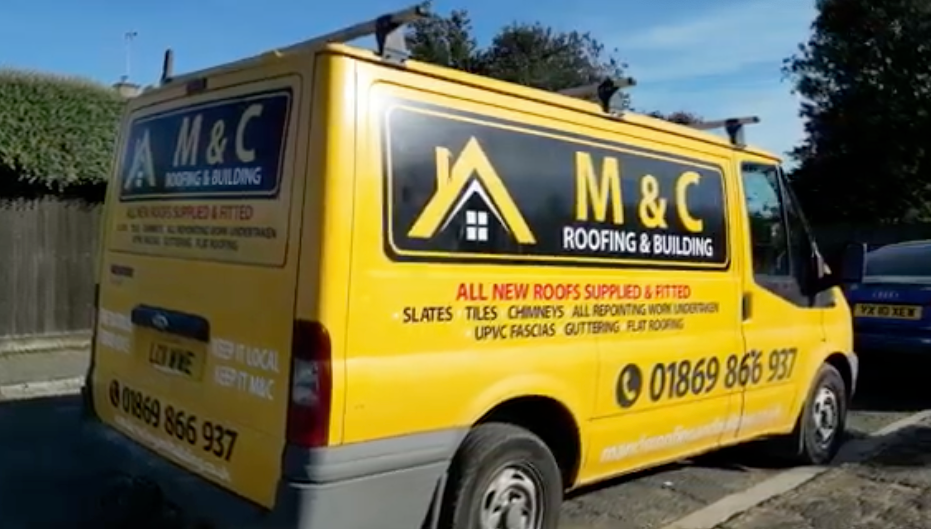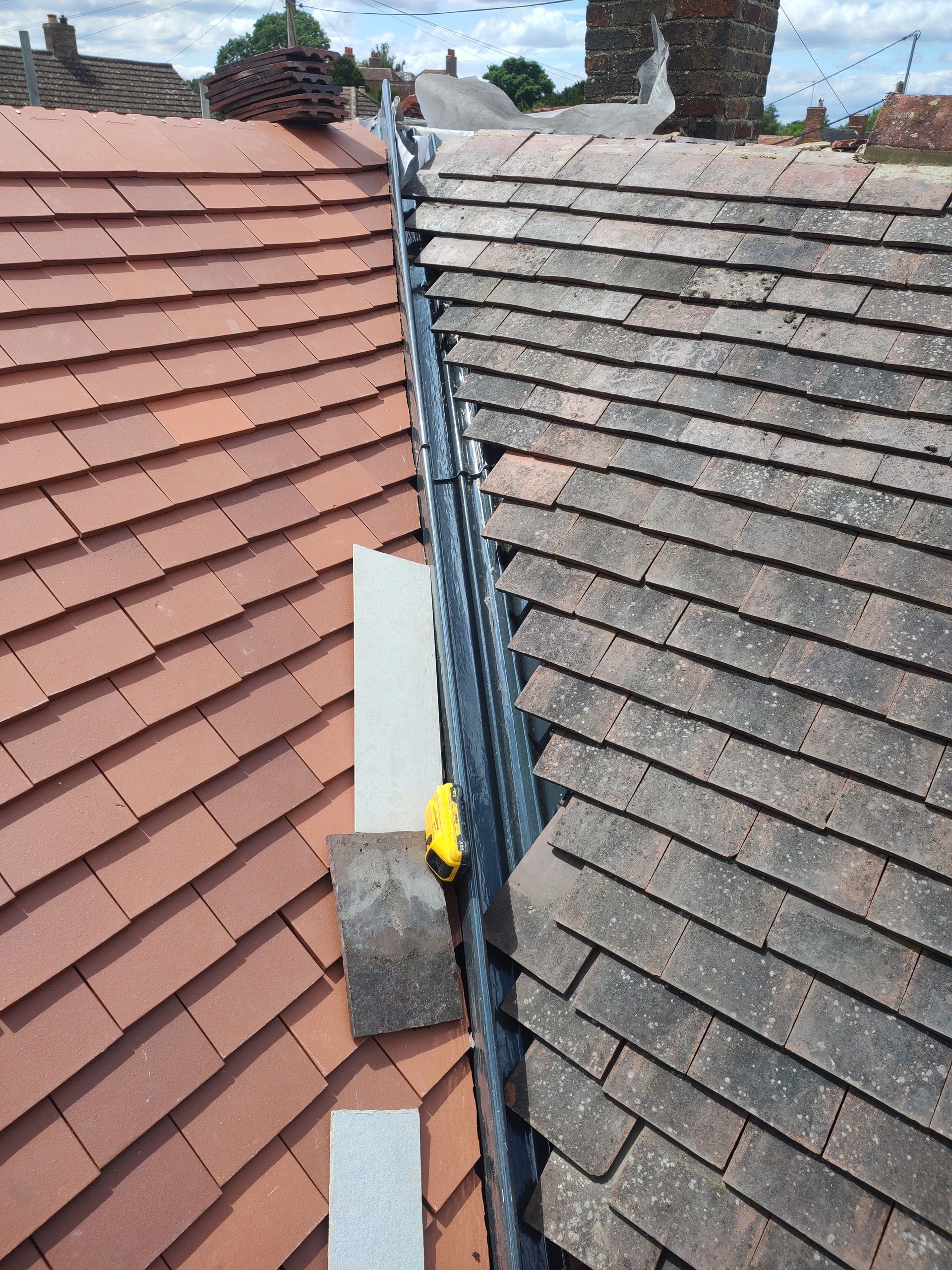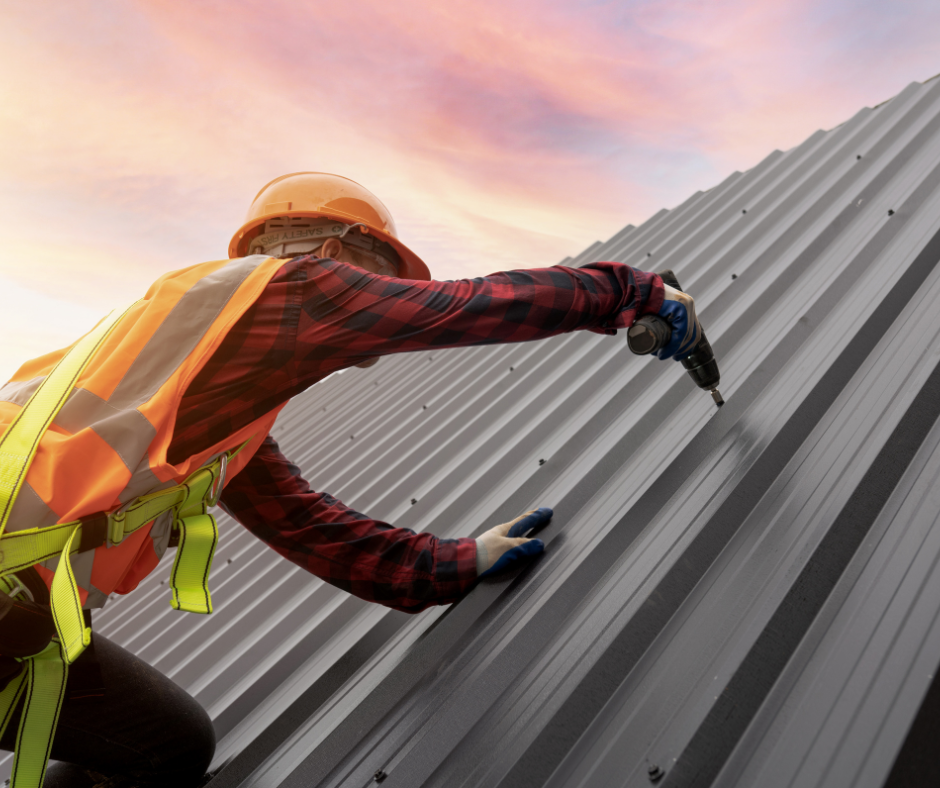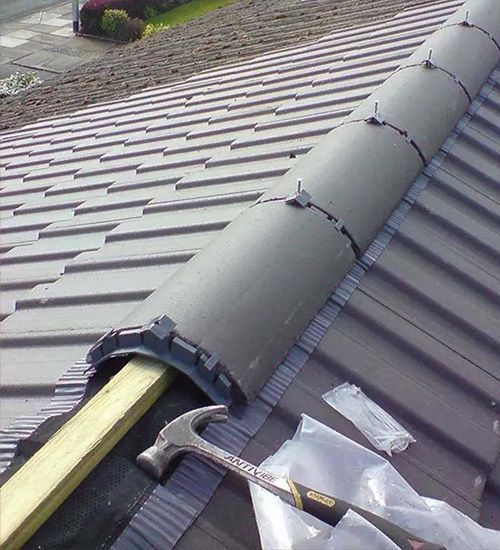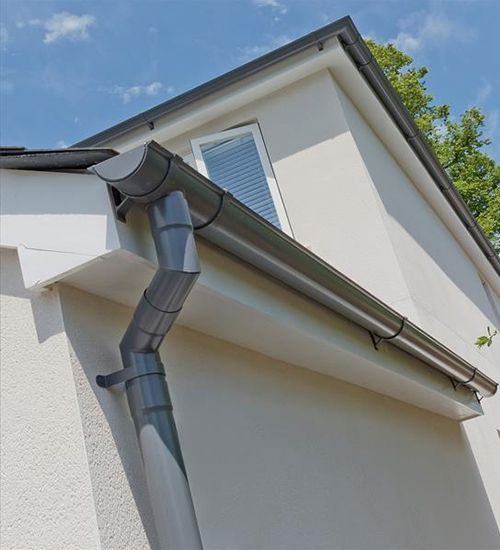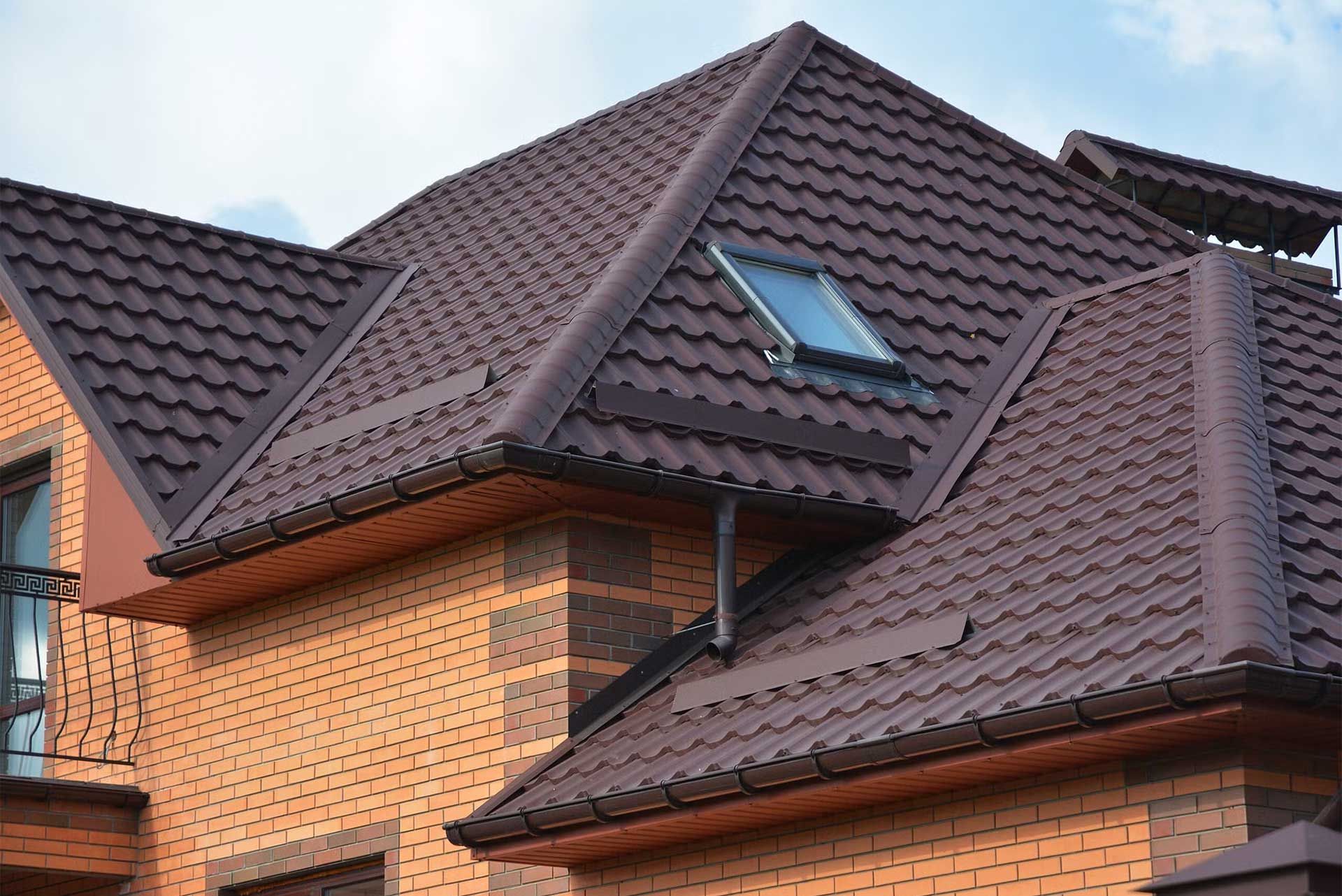How to Spot Storm Damage on Your Roof
When a storm hits the UK, the aftermath can leave homes and properties vulnerable, especially roofs. We might be coming out of winter, but high winds and rain are an all year round risk in the UK. Storm damage isn't always immediately obvious either, but neglecting it can lead to costly repairs and even more significant structural issues. Knowing how to inspect your roof for damage after extreme weather is essential for keeping your home safe and your finances protected.
In this guide, we’ll walk you through how to spot storm damage on your roof, the warning signs to look out for, and what steps to take if you discover a problem.
Why Is Storm Damage Such a Concern?
The UK is no stranger to unpredictable weather – from gales battering the coastlines to heavy rainstorms across towns and cities. Tiles can loosen, debris can cause impact damage, and heavy rains can expose leaks. Yet, many homeowners aren't aware of the risks storm damage poses or how to recognise it in the days following severe weather.
Roof damage caused by storms can compromise your home’s structural integrity and allow water penetration, leading to issues like mould, damp, and insulation damage. The sooner you spot the signs of damage, the quicker you can act to avoid further complications.
"British weather can be brutal. Don't let your roof be caught off guard – prepare for storms with regular inspections and maintenance."
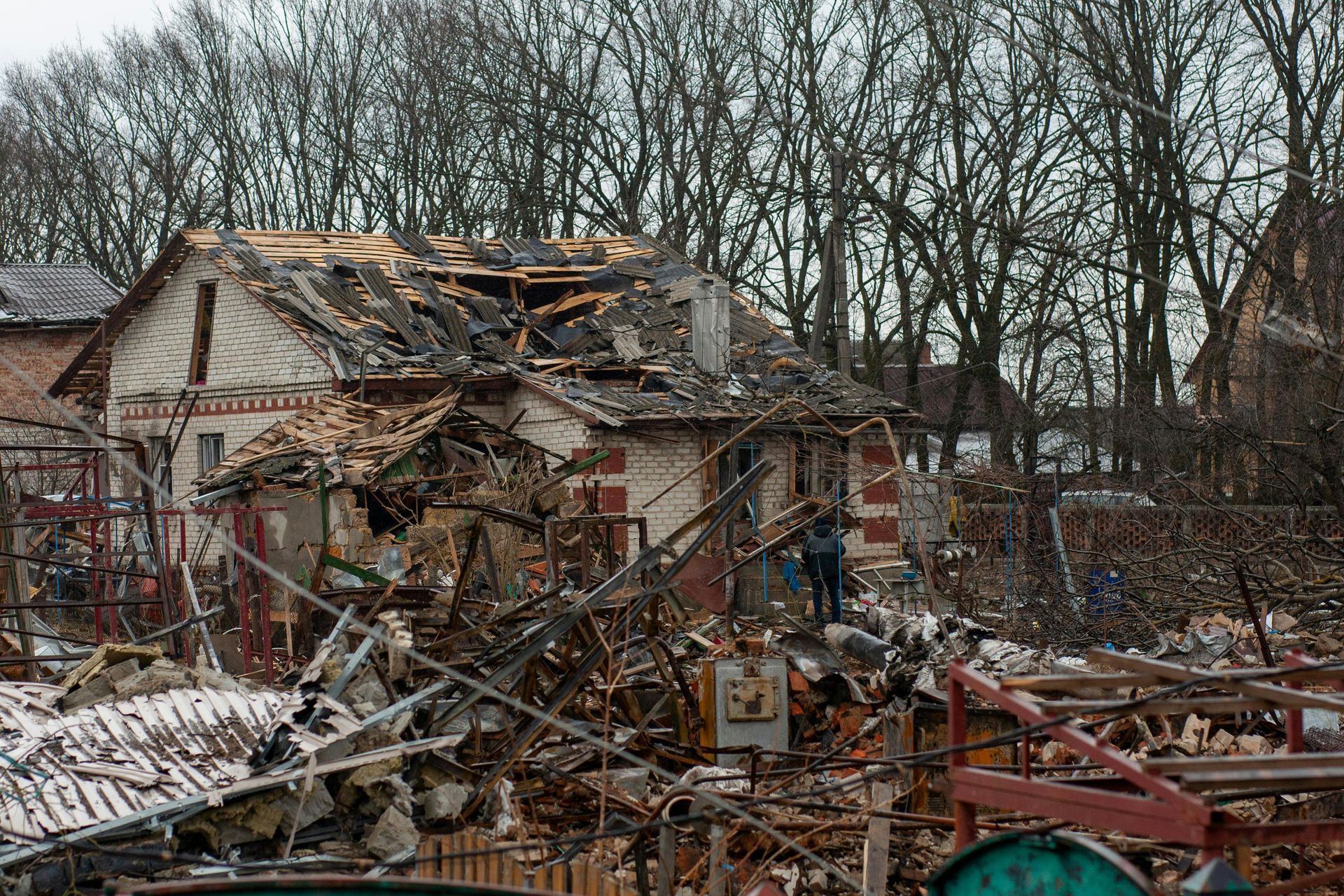
How to Inspect Your Roof Post-Storm
1. Start With a Ground-Level Inspection
Before reaching for the ladder, begin by inspecting your roof from the ground. Walk around your property slowly and look for any glaring issues, such as visible gaps, missing tiles, or debris that may have fallen from the roof. Also, have a careful look at your gutters and drainpipes, as they often capture broken tiles or fragments caused by impact.
2. Look for Missing or Dislodged Tiles
One of the most common forms of storm damage in the UK is missing or displaced tiles. High winds can easily lift roofing tiles, leaving your roof exposed. Look for any areas of your roof where tiling appears uneven or where tiles sit at odd angles to the rest. A cluster of missing tiles can have rapid consequences, particularly in heavy downpours.
3. Check for Sagging or Uneven Surfaces
A sagging roof is a major red flag. While it may not happen immediately after severe weather, the weight of accumulated water or snow from a storm can stress the structure over time. Look for dips or uneven lines, especially along the ridges or edges of the roof.
4. Pay Attention to Guttering and Fascias
Storms can often affect more than just the surface of your roof. Check the guttering and fascias for damage, such as cracks, bending, leaks, or complete detachments. Blocked or broken guttering can exacerbate water run-off problems, leading to water collecting at the base of your property and threatening its foundations.
5. Inspect for Signs of Water Damage Indoors
Often, roof damage becomes most evident from internal signs. After a storm, head to your loft or attic to inspect for water spots, damp patches, or even daylight seeping through. Stains on the ceilings or walls below your roof can also indicate water ingress caused by damaged roof tiles or flashing.
6. Look Out for Debris Damage
Falling branches, overturned garden furniture, and wind-blown debris can all wreak havoc on your roof. Inspect for damage caused by foreign objects, and keep in mind that impact marks aren’t always visible from the ground.
7. Beware of Issues with Flashing and Chimneys
Around areas like chimneys, vents, or skylights, flashing plays a key role in sealing your roof and preventing leaks. Strong winds can lift flashing away from the surface, jeopardising its protective function. Check for loosening, peeling, or gaps near these areas.
8. Check Industrial and Modern Roofing Materials
For properties with non-tiled roofing, such as felt or fibreglass, storm damage signs may be slightly different. Look for tears, punctures, or bubbling on flat roofs. For industrial properties with sheet roofing, ensure no panels are loose or significantly scratched.
When You Should Call the Professionals
While many of these signs can be spotted with a quick inspection, others require professional expertise to diagnose correctly. If any of the following rings true, it’s time to call in roofing experts like M&C Roofing and Building:
- You spot structural sagging or visible cracks.
- A significant number of tiles are missing, particularly around vulnerable areas like ridges or valleys.
- Water ingress signs escalate, with ongoing leaks or damp patches.
- You are unable to safely access your roof or are unsure whether the damage is severe.
Attempting to repair roof damage yourself is unsafe without appropriate tools and experience. M&C Roofing and Building offers professional assessments and repairs tailored to UK weather conditions.
"Ignoring storm damage is a gamble you can't afford to take. Protect your home with swift action from M&C Roofing and Building."
Protecting Your Roof from Future Storms
Now that you know how to spot storm damage, it’s equally important to take preventative measures in preparation for future adverse weather conditions.
Routine Roof Maintenance
Scheduling bi-annual inspections ensures your roof stays in the best condition throughout the year. Professionals can pre-emptively repair worn-down tiles or small leaks, reducing their chances of escalating.
Trim Overhanging Branches
Storms in the UK frequently bring strong winds, which can cause tree branches to snap or scrape against your roof. Trimming branches near your property reduces the risk of structural impact or abrasion damage.
Invest in High-Quality Roofing Materials
While no roof is invincible, opting for durable, weather-resistant materials can make a significant difference. M&C Roofing and Building can advise on premium materials tailored to withstand harsh UK weather conditions.
Clear and Maintain Guttering
Ensuring your gutters remain free from blockages not only supports overall drainage but also reduces the likelihood of water pooling and causing roof damage.
What to Do After Discovering Roof Damage
If you’ve identified signs of storm damage on your roof, it’s vital to act swiftly. Here’s a recommended action plan to limit further damage:
1. Document the Damage – Take photos or videos of any visible damage for potential insurance claims. This substantiates your case should you choose to file a home insurance claim.
2. Secure Temporary Covering – In cases of severe leaks, tarpaulins and waterproofing materials can serve as a temporary solution. However, be cautious when using ladders or climbing onto the roof.
3. Contact M&C Roofing and Building – Our team is fully equipped to carry out thorough inspections, provide expert repair solutions, and restore your roof's condition efficiently.
4. Notify Your Insurer – Many home insurance policies cover storm damage. After securing your roof temporarily, reach out to your insurer to begin the claim process.
Supporting Our Customers in the Aftermath of Storms
At M&C Roofing and Building, we understand how stressful storm damage can be, particularly for UK homeowners unfamiliar with the steps to take after a storm. Our ethos is built on providing fast, reliable service that gives peace of mind. From minor repairs to full roof replacements, our customer-first approach ensures every client receives tailored support for their specific situation.
Our team is local to your area, allowing us to respond promptly and with an understanding of the unique weather conditions your property may face. If you suspect your roof has endured storm damage, don’t hesitate—call us today to protect your home from further harm.
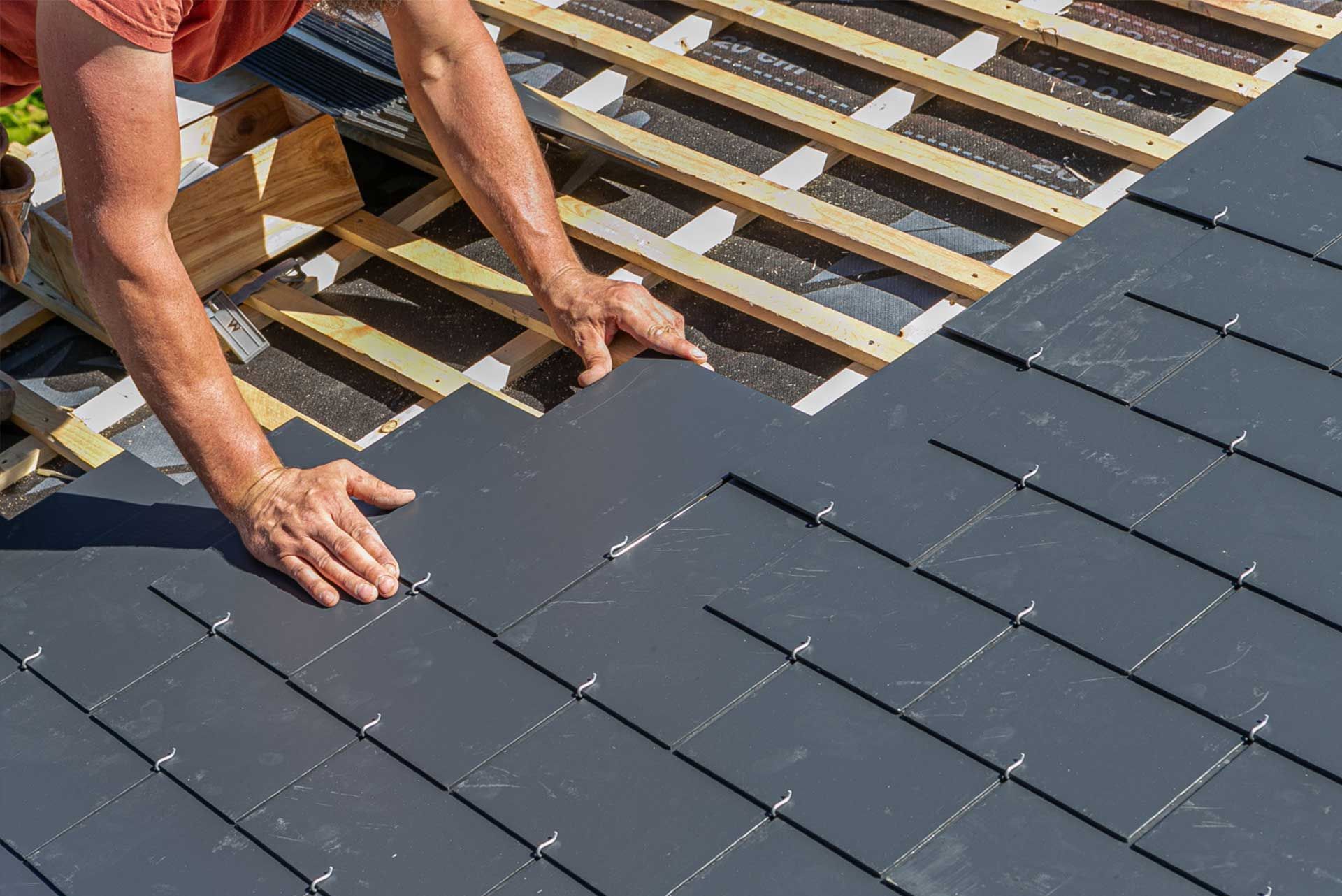
Final Thoughts
Storm damage on roofs may not always be immediately visible, but signs like dislodged tiles, sagging, or water ingress should never be ignored. By conducting a careful inspection, addressing damage quickly, and employing preventative strategies, you’ll preserve your roof’s lifespan and save yourself from more costly repairs in the future.
Let M&C Roofing and Building take care of your roof with expertise and care. Get in touch for a free assessment today to ensure your home stays safe, secure, and resilient against whatever UK weather throws your way.

